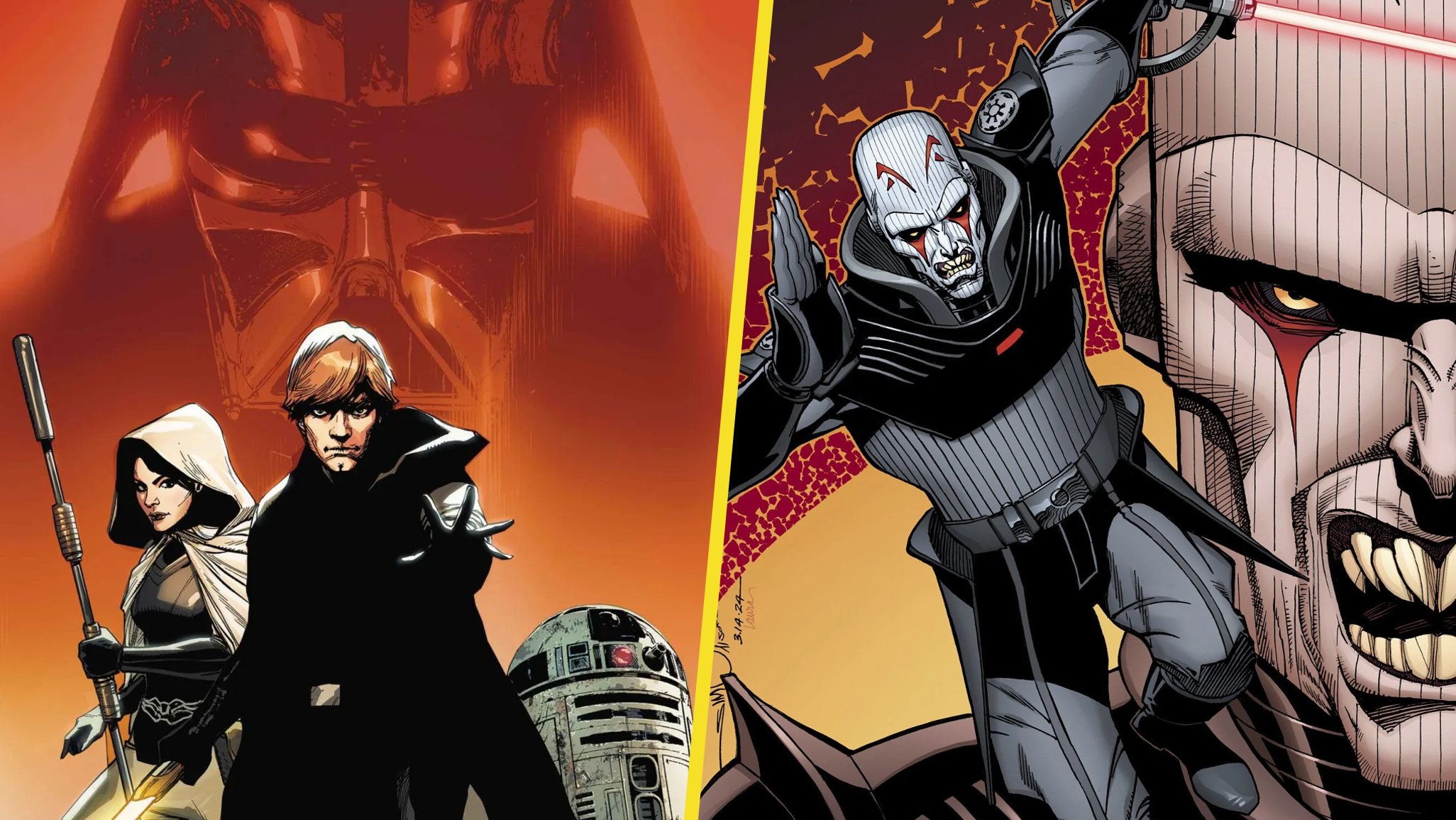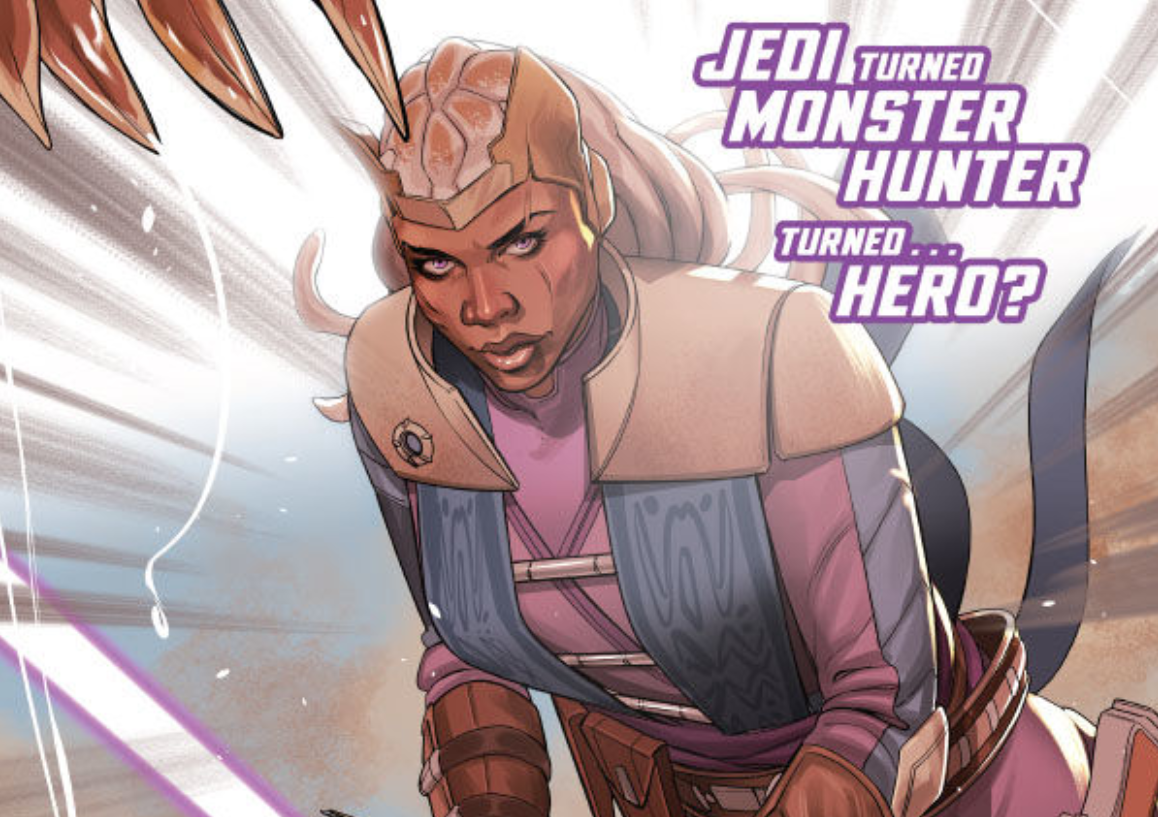Review: ‘Spider-Man: No Way Home’ Is the Best Superhero Movie Ever Made
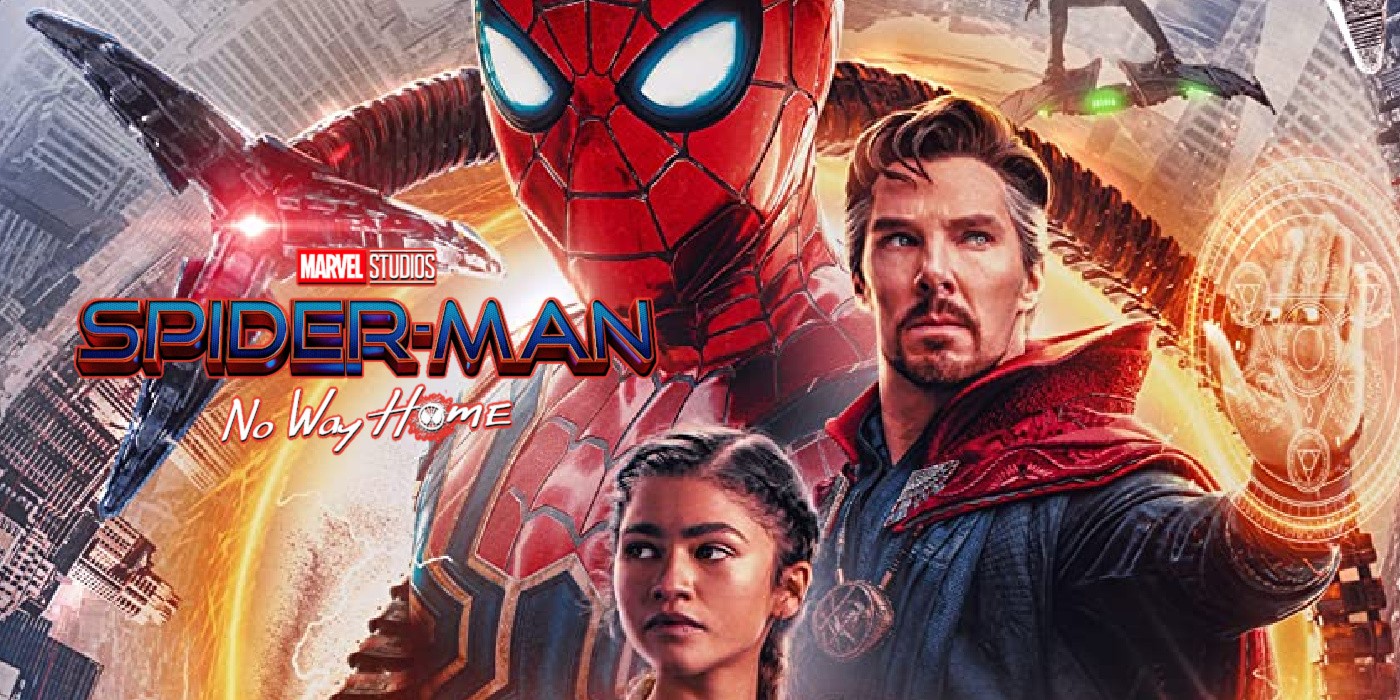
Spider-Man: No Way Home explores the concept of identity to not only provide the clearest and truest statement of who Peter Parker is, but also what the superhero genre is and why it’s so essential in popular culture. It’s far and away the best MCU movie, and in its essentialism, makes a case for being the best superhero movie ever made.
SPOILERS follow for Spider-Man: No Way Home
Expectations going into the movie ran well ahead of the movie’s ability to ever deliver, but the movie succeeds in both being a bigger movie than anticipated and also a much smaller one. As broad as the canvas is – the entire multiverse, stretching across the meta distance of other movie franchises and the entire history of Spider-Man – the focus is squarely on Peter Parker.
There just happen to be three of them, and despite the complexity of the plot mechanics, the gathering of so many characters all conspires to deliver a powerful statement on why Spider-Man’s honest and human heroism is so captivating and so essential for the cultural moment the movie arrives in.
The MCU has made a science of managing numerous characters, plot elements, and story threads that strand across years and franchises, but No Way Home represents the most effective deployment of this formula by making it truly invested in its own story. None of it should work, but it does beyond any expectation fans could have had.

The movie opens with dialogue recapping the cliffhanger end of the last movie, Far From Home, where Peter Parker’s true identity is doxxed by J. Jonah Jameson. The new movie picks up immediately from the final shot and runs into a funny, bewildering sequence that showcases how great these actors are in their roles and how confident Jon Watts is as a director.
Watts lets his actors act, and a two-minute single take in Peter’s apartment establishes the tone and energy of the entire movie. It’s quick, funny, and very lived in. The verisimilitude on display throughout No Way Home is essential in grounding it as the story reaches some of the highest highs of superhero movies as a genre.
Tom Holland is confident, comfortable, and utterly believable in the role of Peter Parker. His fear, inexperience, and deep love for his family and friends make him the most convincing Spider-Man in the movies, and for some fans, likely the most lovable.
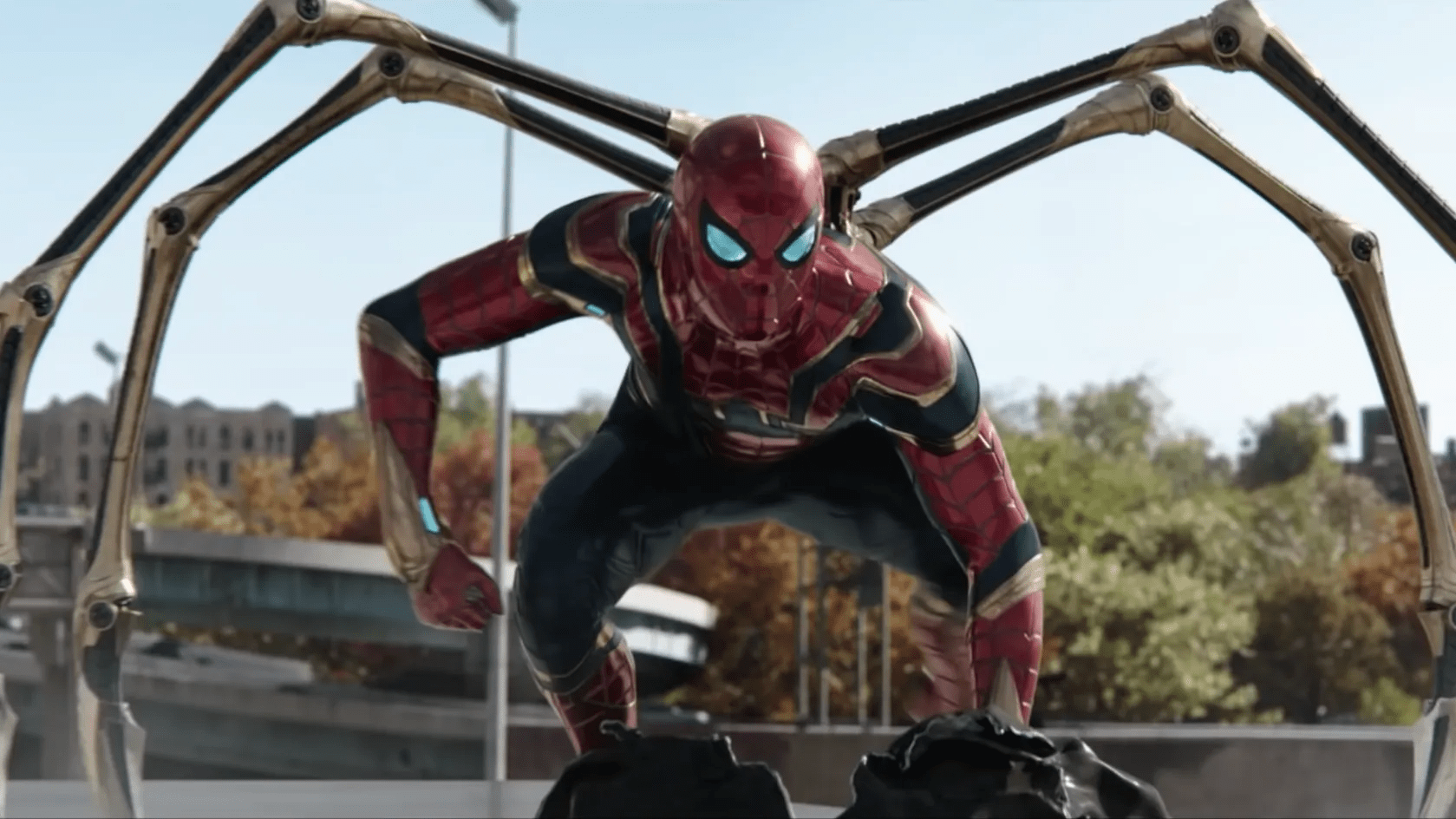
He gets some stiff competition from the return of Andrew Garfield and Tobey Maguire from the previous iterations of the live-action franchise. Garfield absolutely steals the movie, bringing his chatty, slightly kooky energy into every scene. Maguire is more understated, but his awkward, reserved Peter Parker is still there, over a decade since we last saw him.
The appearance of the former Spider-Men isn’t a cameo or simple cash grab by Sony or Marvel Studios. Both characters are essential in the plot, arriving at a key moment when Peter has lost Aunt May. Maguire and Garfield embolden and embody the truth of who Peter Parker is, giving the MCU version something to lean on and strive for. They also have their own arcs, in what turns out to be the most rewarding aspect of the movie.
Garfield is mesmerizing as he explains how he became ‘rageful’ and bitter after the death of Gwen Stacy in The Amazing Spider-Man 2. His doubt and anger drive his insecurity, riddling every scene he’s in. He gets some closure by saving MJ from suffering the same fate as Gwen, and the story lets him and the audience appreciate his pain and relief.
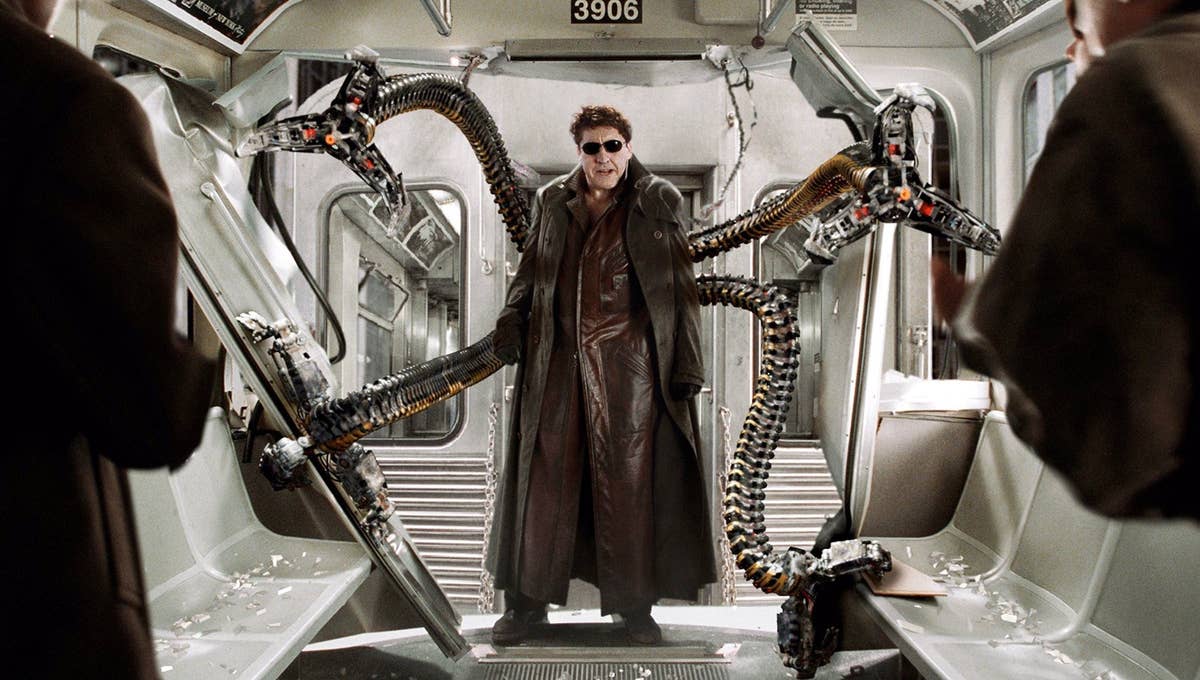
Maguire’s arc is not as well defined, though it’s in many ways becoming a mentor. He lobbies Garfield to believe in himself and puts himself between a vengeful Tom Holland and the Green Goblin. He has become the mentor that Norman Osborn and Otto Octavius were for him, in some way, but a much more positive one. His reunion with Doctor Octopus, played brilliantly by Alfred Molina, is one of the most powerful moments of the movie.
The movie is full of such moments. All of the returning villains are excellent, particularly Molina, who seems to have stepped right out of 2004’s Spider-Man 2. Great as always is Willem Dafoe, who adds even more depth and pathos to Green Goblin in an electric performance.
Green Goblin is the crux of the movie. A reeling Osborn finds his way to Aunt May, whose compassion for people manifests in her work with FEAST. Osborn has nothing in the universe of the MCU. He doesn’t exist, Oscorp doesn’t exist, and his son Harry doesn’t exist. May takes pity on him, but Peter just wants Osborn and other villains to get back to where they came from. “It’s not my problem,” he says, which startles May, and she reminds of him not only her values but his as well.
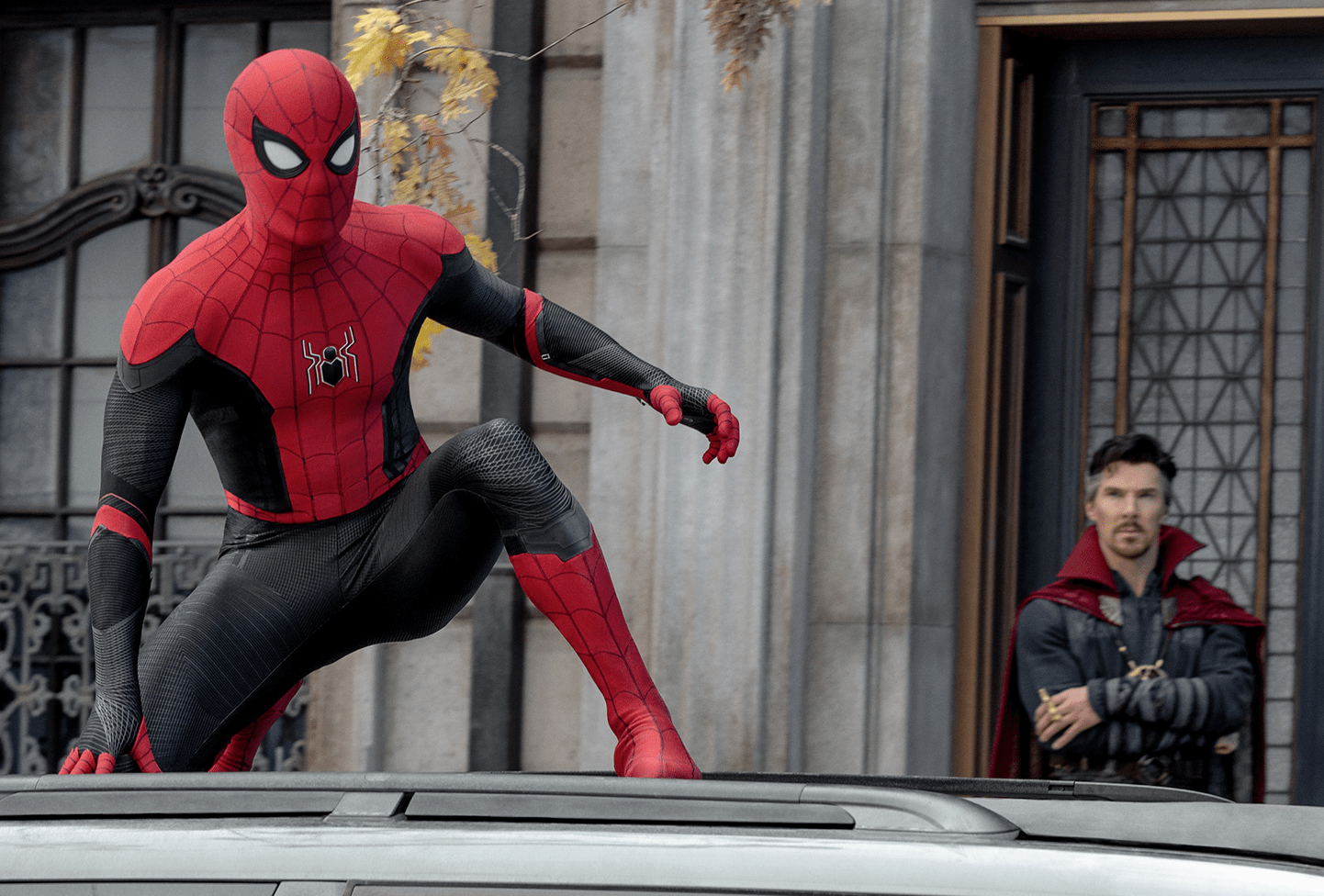
Osborn, like the Joker, is a villain that is beyond redemption. He’s a murderer and a liar, and a lot of superhero comics and stories would make the case you should kill such a figure or else suffer an endless series of consequences. In fact, Osborn dies at the end of 2002’s Spider-Man, but this movie rips him out of his reality before the fatal blow.
The creep toward strength being confused for power in comics – and culture in general – has been long and thorough. Many comic books, and movies based on them, indulge in violence and a power for power’s sake mentality that takes them very far from the core concept and value of the superhero.
The superhero is an idea that has always teetered on the edge of misunderstanding, however. Dr. Frederic Wertham could not have been more wrong or damaging in his myopic assertions in his book Seduction of the Innocent in the 1950s, where he claimed comics made children gay.
But, for as utterly wrong as he was about superheroes, Wertham had some insight into how superheroes could be misinterpreted. Speaking about Superman, he said, “Superman needs an endless stream of ever new submen, criminals, and ‘foreign-looking’ people not only to justify his existence but even to make it possible.”
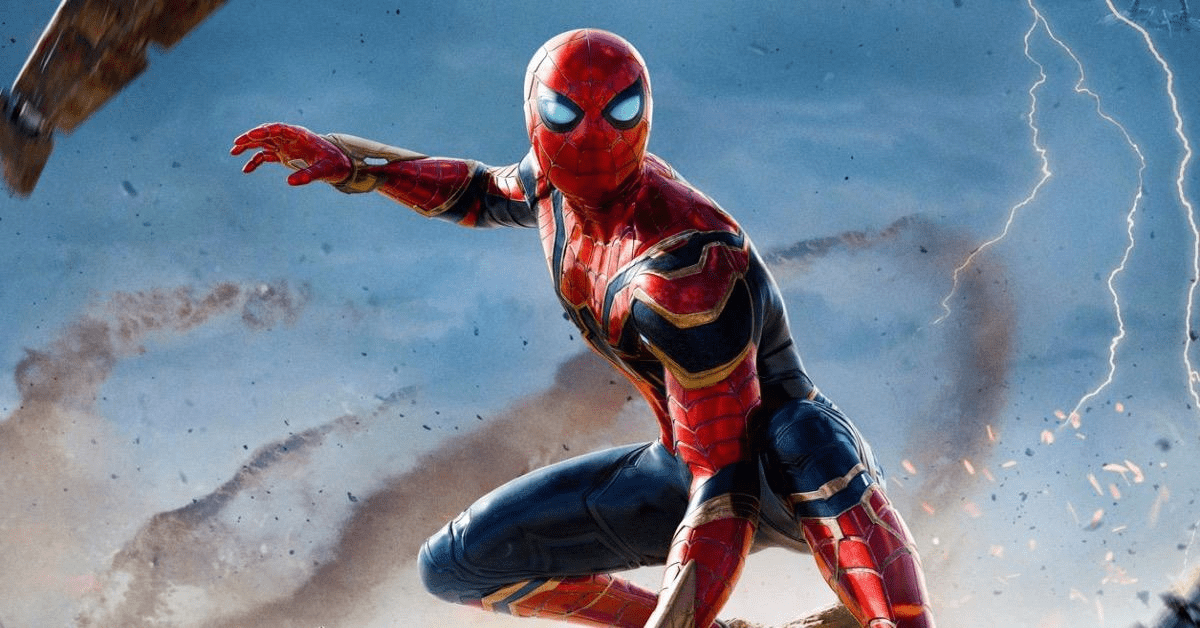
Considering the reader of such a character, Wertham concluded: “Either they fantasy themselves as supermen, with the attendant prejudices against the submen, or it makes them submissive and receptive to the blandishments of strong men who will solve all their social problems for them — by force.”
This is a fearful prophecy that has unsettling implications for the concept of the strongman beyond comics. It is reflective of a strain in superhero comics where the superhero isn’t an aspirational figure, but a ‘realistic one’ instead. Borne out of the classic 80s comic books like Watchmen and The Dark Knight Returns, an ‘adult’ conception of the superhero has resulted in one where Superman breaks the neck of his enemy because it’s ‘grown-up.’
Peter Parker is not a grown-up in No Way Home. He’s in his last year of high school, trying to get into college, in love with his girlfriend. He’s fought on alien planets, but he doesn’t have the experience or wisdom of the other Spider-Men. However, he does have their values and the inherent worth of the superhero that has made Spider-Man an icon since 1963.
Peter rejects his obligation to his villains and then flirts with killing Green Goblin. But in the end, he embodies Aunt May’s values. She delivers the classic line – the line which everyone associates with superheroes, fans or not – “With great power comes great responsibility.” (She actually delivers the entire original comic book line, “With great power, there must also come great responsibility,” from Amazing Fantasy #15.)
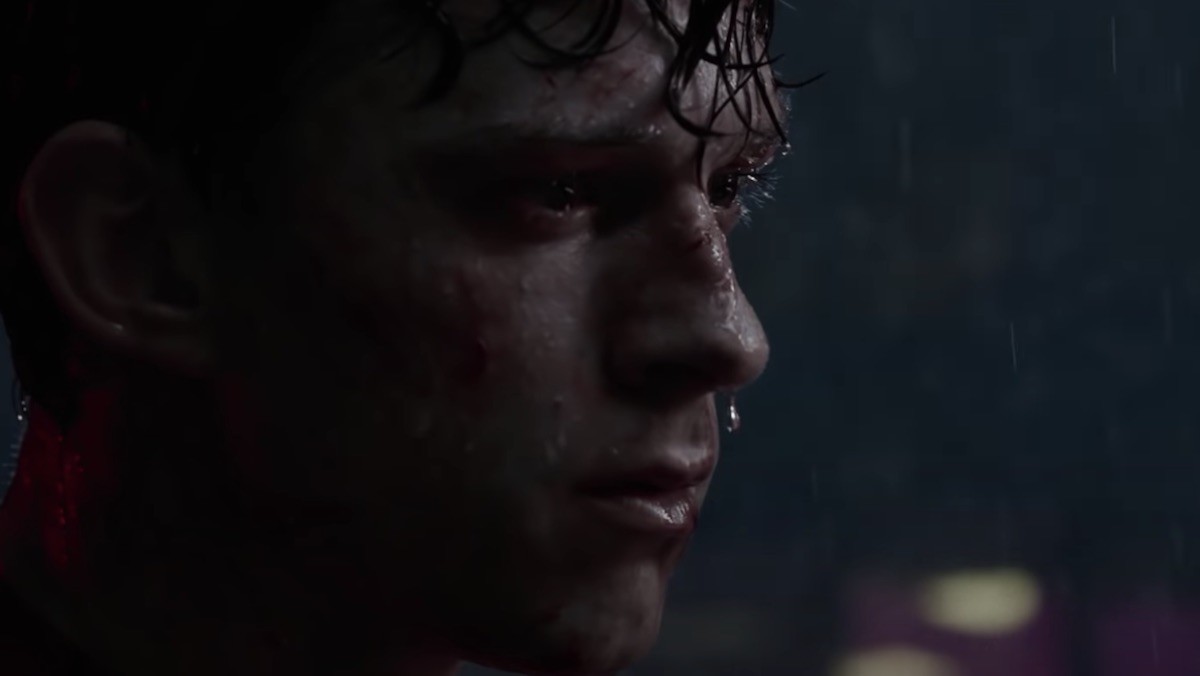
Uncle Ben communicates this in the comics and other movies, but the differences don’t matter here. What matters is who Peter Parker is, whether he’s an Avenger or not; dating Mary Jane or MJ; learning from Uncle Ben or Aunt May. His humanity is immutable across the multiverse, sixty years of existence in popular culture, and the fashion or flavor of lesser superheroes.
No Way Home is a validation of Spider-Man as much as it’s an indictment of other superheroes (Flash Thompson’s tell-all is called “Flashpoint,’ likely a dig at both the upcoming DCEU multiverse gambit and the general tenor of the DCEU in general, at least as presented by Zack Snyder).
No Way Home is a celebration, not just of the world of Peter Parker which the MCU has so lovingly and vividly created, but the entire Spider-Man family as well. It speaks volumes that Andrew Garfield, whose Spider-Man is – was – generally (and erroneously) seen as the ‘least’ of the three versions in movies, got the greatest reaction in every screening.
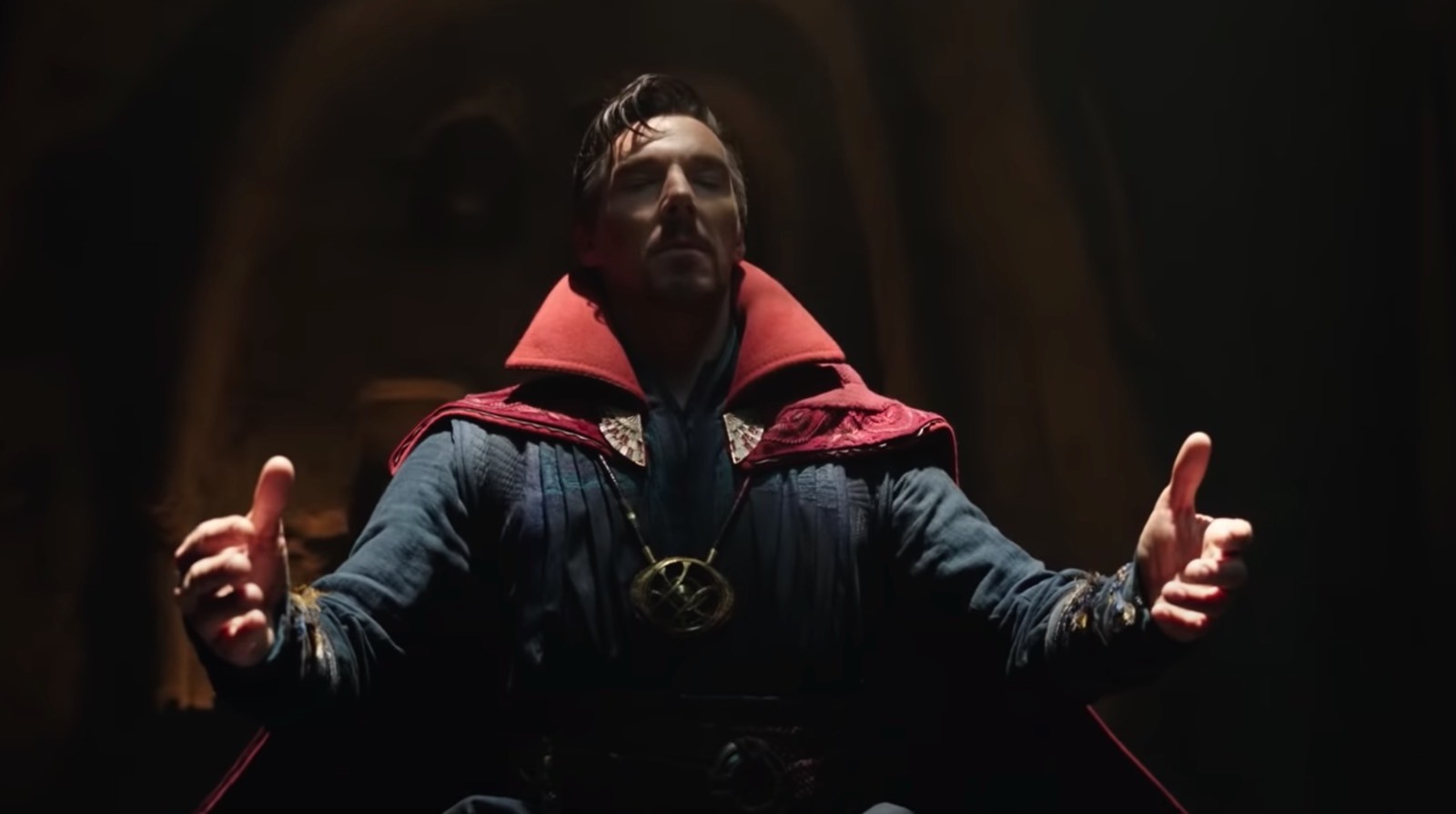
The movie isn’t perfect, and some may quibble with this or that, but it tells a great story from start to finish. It follows the growth of a young man who wanted out of a terrible circumstance with the least amount of work possible, and it puts forward the idea of valuing the humanity in the most inhuman. In a time when everything is polarized and people dismiss each other with frightening ease, the idea that even monsters deserve love and pity is vital.
There is so much more to say about the movie – Zendaya grows and grows as MJ, a brave, loving woman with deep scars no one sees – but suffice to say, the movie is a testament to the superhero genre, the MCU, and the fans who love and line up for these stories, again and again.
Spider Bites:
- The movie appears to take place at the same time as the current Hawkeye series, with signs for Rogers: The Musical visible in midtown Manhattan. Spider-Man also flies over Rockefeller Center at Christmas time in what appears to be a possible crossover with the Disney+ series’ final episode. Catch up on MNN’s reviews of the series.
- Charlie Cox returns as Matt Murdock, the second Netflix Marvel character in as many days. He follows Vincent D’Onofrio as Kingpin in Hawkeye.
- Peter’s new apartment appears to be in Hell’s Kitchen in Manhattan, close enough for him to quickly get to Rockefeller Center. That could position him to be more closely aligned to Kingpin and Daredevil, two major characters he’s affiliated with in the comics.
- Ned apparently is not a Muggle.
- MJ’s last name is Jones-Watson, another connection to her comic book counterpart. She doesn’t go by Watson, and we get no explanation. This is less a bug than a feature of these movies, where we get only hints of the lives of other characters outside of Spider-Man (Flash has some issue with his parents referenced in Far From Home and never explained).
- The great irony of this movie is that it leans on One More Day, a controversial comic book storyline where Peter Parker and Mary Jane’s marriage was erased from history. It remains one of the worst decisions in the comics, trapping Peter in an arrested state of development. Here, the concept is used to further his development.
- The Sinister Six is really just a Sinister Five, but the post-credits scene establishes Venom crossed over as well. Right before he’s booted back to his universe. He leaves behind some black goo, setting up what could be another Venom in the MCU.
- “There’s got to be a Black Spider-Man out there” – Electro, who doesn’t know how right he is. Miles Morales doesn’t appear in this movie, but is inevitably in the MCU.
- As the multiverse encroaches on NYC in the climax, numerous figures are seen in the sky. Some of them are the silhouettes of Spider-Man villains, including Kraven, Rhino, and Scorpion.
Darby Harn is a contributor for Screenrant, CBR.com, Star Wars News Net, and Movie News Net. He is the author of the sci-fi superhero novel EVER THE HERO. His short fiction appears in Strange Horizons, Interzone, Shimmer, and other venues.



